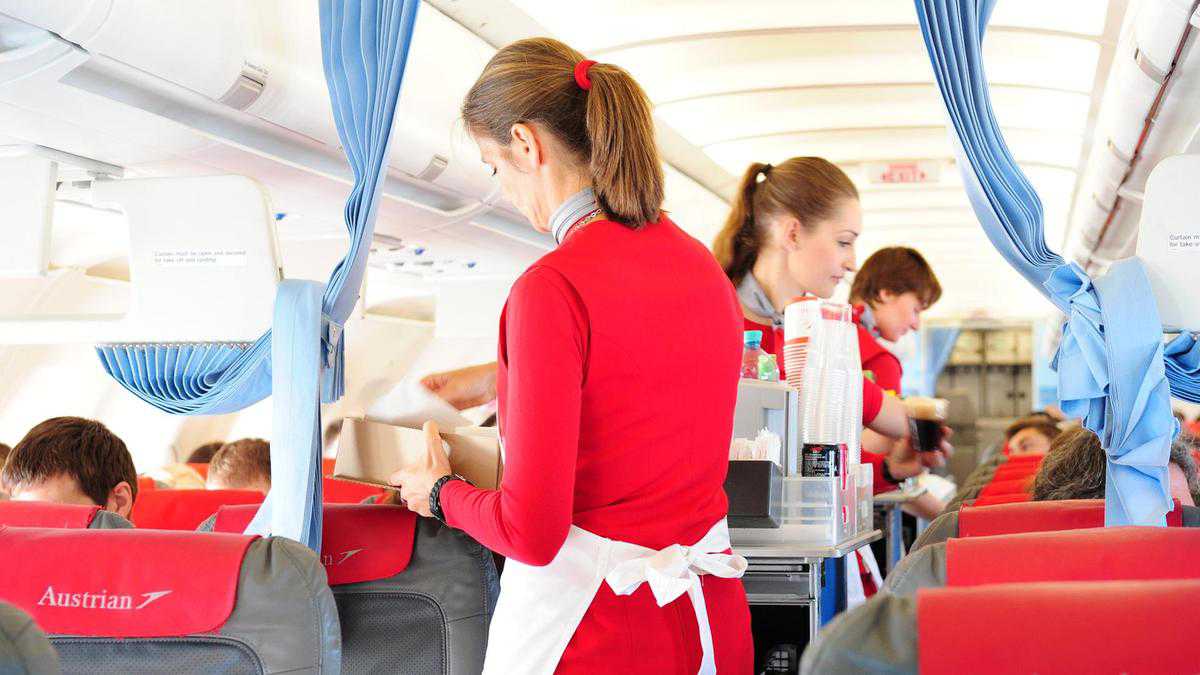The issue with drinks on planes

Image collected
As a frequent traveller, I never board a plane without a bottle of water. It is always my last purchase before I leave one country to travel to another.
A few years ago, when the no-liquids rule came into effect, I had a mini panic. How could I get through an eight-hour flight without my trusty bottle of water? Thankfully, it turned out that, although I could no longer bring my own water bottle with me, I could still buy one after I’d cleared security. I breathed a sigh of relief.
With my water taken care of, my drink of choice when cabin crew arrive at my seat with a fully laden drinks cart is often a cold Diet Coke. But I was surprised to learn this week that people who specifically order Diet Coke on a plane are often the crew’s least-favourite passengers.
I picked up this little factoid while listening to Layovers, a weekly podcast by Paul Papadimitriou and Alex Hunter covering aviation, airports and a variety of other geeky air-travel related subjects. When Papadimitriou revealed this displeasure from crew about Diet Coke-drinkers, I was surprised, but then I thought about it and realised why.
Anyone who has ever poured a Diet Coke will know you need skills to do so. You can’t just crack it open and whack it in a glass. Instead you need to pour slowly, waiting while the bubbles build, then simmer back down. At 9,000 metres, the process is even more of an art form, thanks to the pressurised cabin. Pouring the soda at this height creates an even bigger build-up of foam, and therein lies the problem. In the time it takes for the fizz to settle and then be topped up again, the crew could have served an entire row of alternative drinks.
This got me thinking about what I should be ordering on-board, so I did some reading. It turns out that simply switching to another fizzy drink isn’t the answer. Although they can be poured a bit faster than Diet Coke, the fizz in any drink at altitude can leave passengers bloated, gassy or nauseous – which could cause problems when it comes to queues for the toilet. Sticking to flat drinks seems key both in helping things move along smoothly in the aisles and in your body.
I’m also a coffee drinker, but apparently that’s another no-go. Simply breathing on a plane means we get less moisture than we do on the ground because the air being circulated throughout the cabin is drier. On an average long-haul flight, passengers lose up to two litres of water. If you drink coffee, which experts say has mild diuretic properties, there’s the worry of mid-flight dehydration. But if you do decide to order coffee, do the crew a favour and tell them how you take it, as no one wants to have to ask whether you want milk or sugar 300 times in a row.
Also, tomato juice, which has been a staple of flying since the early days of commercial air travel, tastes different up there. According to research carried out by German airline Lufthansa, tomato juice at altitude shows more acidity and takes on a fruitier taste. And one of the reasons the humble drink got a place in the starting line-up of air travel at all, is that the juice is fibrous and filling. So you don’t need to worry too much about hunger pangs between meals and you’ll be less likely to press the crew call button for multiple refills.
Source: https://www.thenational.ae
Tags :
Previous Story
- Facebook wants to take on financial services industry...
- FBCCI keen to invest in Africa
- ‘Made in Bangladesh’ to overtake the ‘Made in...
- Sumitomo will establish Japanese EZ
- PM to Japanese investors: Explore potential of new...
- Japan was always close to my heart: PM
- The Japan-Bangladesh partnership for development
- Japan to sign $2.5 billion ODA for Bangladesh...